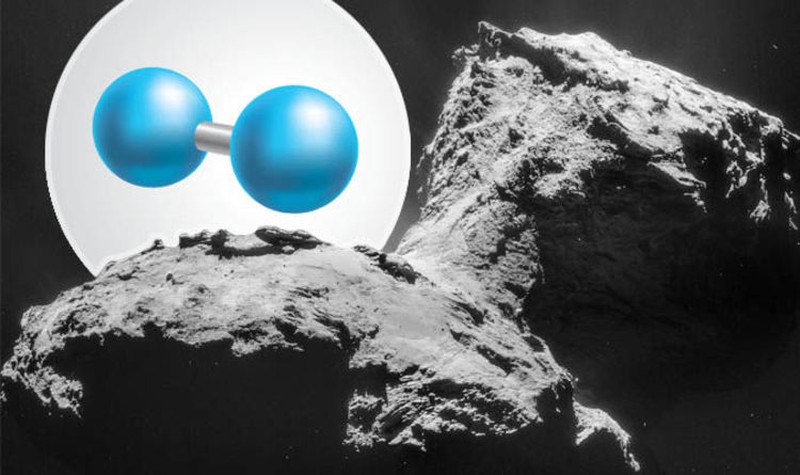How does NASA telescope search for oxygen on exoplanets?
A new approach to detecting oxygen in the atmosphere of our extrasolar planets could aid in the search for extraterrestrial life.
Researchers from the University of California, Riverside have developed a new technique that will use NASA's James Webb Space Telescope (JWST), scheduled to launch in 2021 to study the atmosphere of exoplanets. fine, according to new reports.

Oxygen is vital to life on Earth and is produced by organisms that use photosynthesis to convert sunlight into energy. The search for oxygen in the exoplanet's atmosphere could provide evidence that life also exists in those remote worlds, the researchers said. However, oxygen can also accumulate in the atmosphere of a completely lifeless planet.
" Oxygen is one of the most interesting molecules to detect because of its association with life, but we don't know if life is the only cause related to the presence of oxygen in the atmosphere. no, "Edward Schwieterman, co-author of the study and a biologist at UC Riverside said in a statement. "This technique will allow us to find oxygen in planets both alive and dead."
Using the James Webb Space Telescope, researchers will look for patterns of light in the atmosphere of an exoplanet. When oxygen molecules collide, this event produces a strong signal that blocks infrared light spectrum sections from the telescope.
There are conditions under which oxygen molecules can be present in the atmosphere of an exoplanet that does not store life. For example, a planet located near its host star or exposed to many starlight will have a warmer atmosphere. If there were oceans on the planet's surface, its atmosphere could become saturated with water vapor as heat evaporates the oceans, the researchers said.
Strong ultraviolet radiation from the star will then disrupt the water molecules in the atmosphere, creating hydrogen and oxygen atoms. While hydrogen atoms are light enough for them to escape into space, oxygen molecules will be left behind. Over time, this process could make an exoplanet with a thick oxygen atmosphere, Schwieterman said in a statement.
- NASA planet-like planet hunters will search in the vicinity
- Search for oxygen on the Moon
- Information 'fever' about new orbiting alien planets 'Super Earth'
- NASA builds the world's most powerful telescope
- Look for strange signals from distant exoplanets
- Europe launches satellite search for extrasolar planets
- NASA wants to turn the Sun into a love glass to search for aliens
- NASA completed the telescope looking back past 13 billion years
- Exotic planets also have stratosphere like Earth
- China will build the second giant telescope to find aliens
- Telescope James Webb will search for alien life
- NASA launches a campaign to hunt down black cosmic holes
 'Fine laughs' - Scary and painful torture in ancient times
'Fine laughs' - Scary and painful torture in ancient times The sequence of numbers 142857 of the Egyptian pyramids is known as the strangest number in the world - Why?
The sequence of numbers 142857 of the Egyptian pyramids is known as the strangest number in the world - Why? History of the iron
History of the iron What is alum?
What is alum? Scientists say textbooks teach wrong about the origin of life on Earth
Scientists say textbooks teach wrong about the origin of life on Earth  New idea allows researchers to make oxygen on Mars
New idea allows researchers to make oxygen on Mars  Scary things that happen to the human body in the 'death zone' of Mount Everest
Scary things that happen to the human body in the 'death zone' of Mount Everest  Scientists discover new type of oxygen with strange properties
Scientists discover new type of oxygen with strange properties  Explore the highest inhabited place on Earth
Explore the highest inhabited place on Earth  Invention of oxygen batteries that can be permanently implanted in the body
Invention of oxygen batteries that can be permanently implanted in the body 